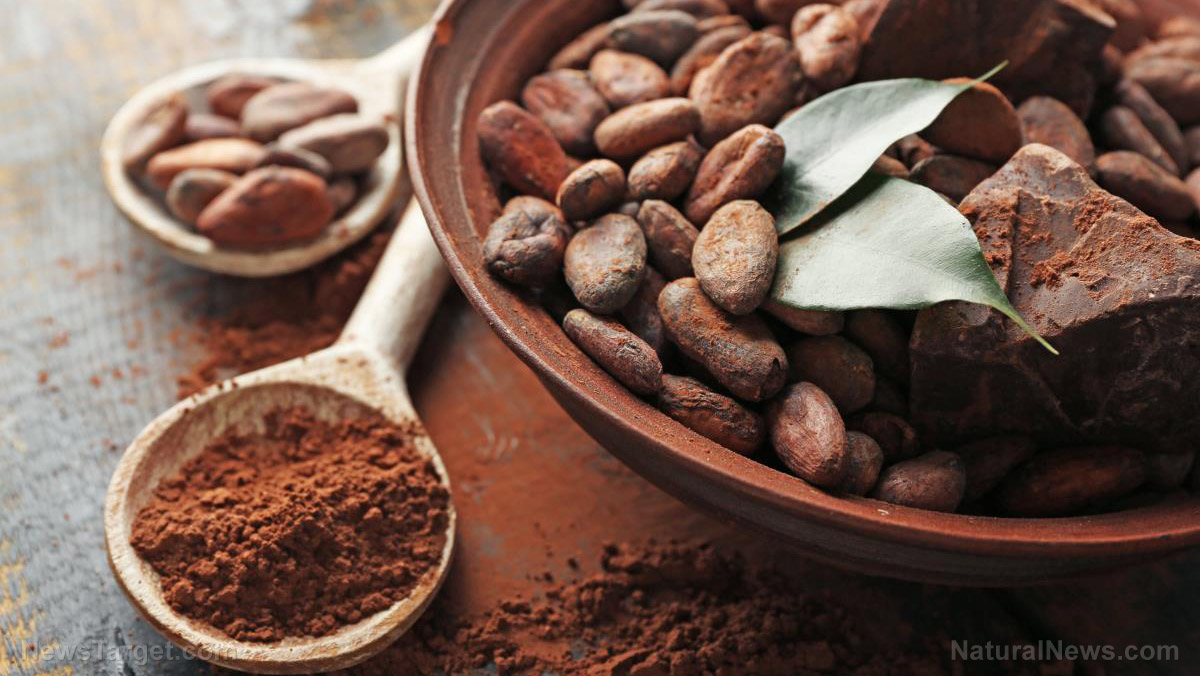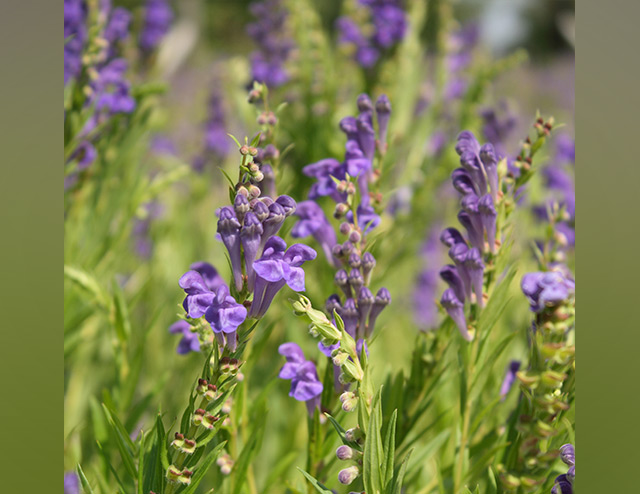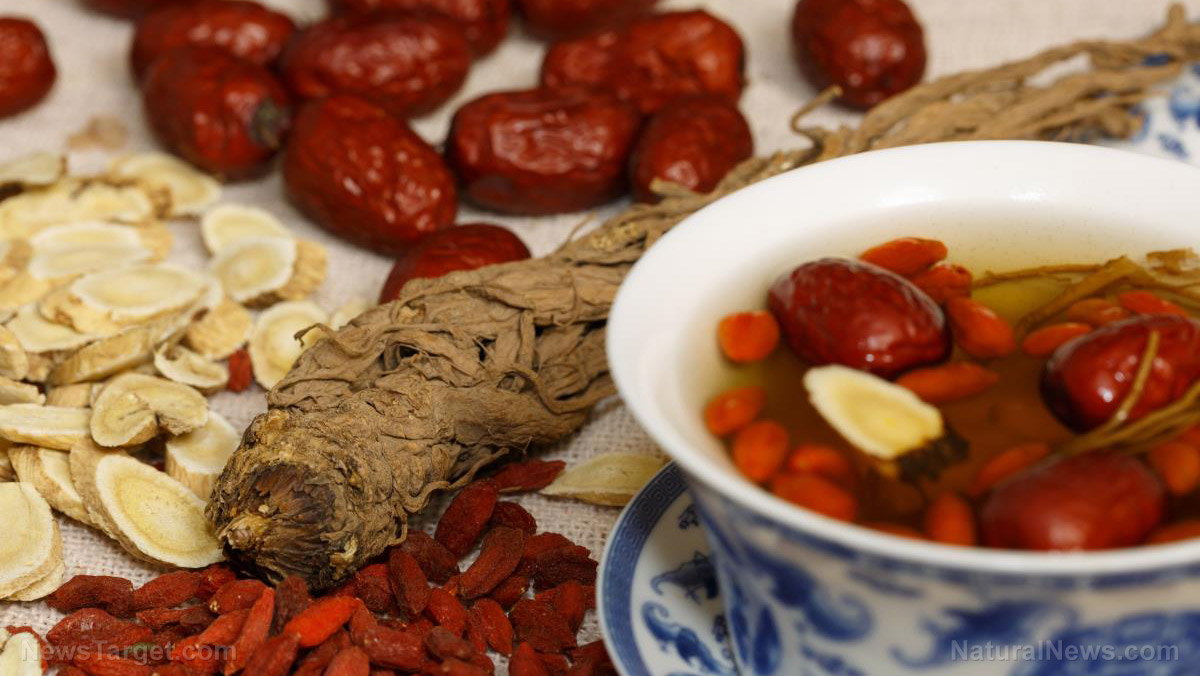Crown flower found to promote the growth of nerve tissue in the brain
10/15/2019 / By Evangelyn Rodriguez

The plant Calotropis gigantea, commonly known as milkweed or crown flower, is a flowering shrub with a lot of uses. It can be used for food and fuel, to make textiles, as a source of dye, and most importantly, for medicine. C. gigantea has a long history of use in traditional medicine. It also contains cardiac glycosides, organic plant compounds that can increase the capacity of the heart muscle to pump. In a recent study published in The American Journal of Chinese Medicine, researchers from Dongguk University Graduate School of Medicine and Pukyong National University in South Korea showed that C. gigantea can also influence the growth of nerve tissue. They found evidence that the plant has as yet unidentified phytochemicals that may have potential as neuroprotective agents and cognitive enhancers.
Getting to know Calotropis gigantea
C. gigantea is a large shrub that grows in temperate regions of Asia, including China, Bangladesh, and India. It is commonly found in dry coastal areas and is capable of flowering all year round. In India, the plant is considered to be of great religious significance as it is said to be sacred to the god Shiva. In the tropics, C. gigantea is widely cultivated as an ornamental plant.
C. gigantea can be used for many purposes. The plant contains fiber of very good quality, which is often used to make textiles, fishing nets, and bowstrings. Its twigs have also found use as chewsticks for cleaning teeth, while its wood produces good quality charcoal that can be used to make gunpowder. The central part of the C. gigantea flower can also be candied and consumed as a sweetmeat.
As a medicinal plant, C. gigantea also serves many functions. Some of the known uses of its different parts in traditional medicine include:
- Sap – has similar cardiac properties to digitalis; used as an antiseptic, emetic (causes vomiting), purgative, and antiparasitic; can treat dysentery, leprosy, elephantiasis, epilepsy, asthma, sprains, boils, pimples, rheumatism, burns, wounds, caries, and toothaches. (Related: Naturally relieve and heal toothaches and tooth infections.)
- Bark – used to treat neurodermatitis and syphilis; when powdered, it can treat diarrhea, dysentery, elephantiasis, and leprosy; acts as a diaphoretic (sweat-inducing) and expectorant and can induce labor.
- Leaves – their infusion is used to treat chest colds and heart conditions; the leaf juice is effective against intermittent fever while the smoke from dried burned leaves can calm asthma attacks; crushed C. gigantea leaves, when warmed, can be used as a poultice on sores, burns, headaches, and rheumatic pains.
- Flowers – powdered C. gigantea flowers can treat coughs, colds, and asthma. The infusion made from C. gigantea flowers can also treat intestinal worms, rheumatism, and epileptic attacks. The juice of young buds is dropped into the ear to treat earache.
C. gigantea promotes the formation of neurites and synapses during neural development
C. gigantea is known for its extensive use in traditional medicine, but many of its active components and their biological activities remain unexplored. In the present study, Korean researchers evaluated the effects of extracts obtained from C. gigantea leaves on the formation of synapses – nerve cell structures that transmit electrical and chemical signals — in the late stages of neural development and during early-stage neuritogenesis — the process of forming nerve cell projections — using rat hippocampal neurons.
They reported that the extract facilitated the early development of cytoarchitecture – the orderly arrangement of cells into tissue. During this process, specialized cells in the brain group together in specific areas and differentiate themselves based on their functions. The development of cytoarchitecture is an essential part of neural development and brain architecture. The researchers also found that C. gigantea leaves extract increased the expression of proteins which serve as markers of pre- and postsynaptic terminals. Each neuron has a presynaptic terminal at one end that transmits signals and a postsynaptic terminal at the opposite end that receives signals from another neuron. The up-regulation of these markers and their localization to their respective sites are indicative of successful neuronal and synaptic formation.
In addition, the researchers reported that C. gigantea leaves extract increased the expression of nerve growth factor (NGF), which is involved in the development, survival, and proliferation of neurons. The extract also activated an enzyme called ERK1/2 that is involved in extracellular signalling. ERK1/2 is critical for the differentiation, plasticity, and survival of neurons, and its activation, together with the up-regulation of NGF, suggests that the neuritogenetic and synaptogenic potential of C. gigantea leaves extract is due to its ability to activate NGF-Erk1/2 signaling.
When the researchers analyzed the extract and its chemical components, they did not detect stigmasterol, a plant steroid and an active compound found in C. gigantea. Despite its absence, subfractions of the C. gigantea leaves extract still exhibited neuritogenic activity, suggesting that the extract’s ability to promote the growth of nervous tissue and the development of relevant structures can be attributed to other components of C. gigantea that are yet to be identified.
Based on these results, the researchers concluded that C. gigantea leaves extract has neuromodulatory activity and contains as yet unidentified active phytochemicals with potential nootropic (cognitive-enhancing), protective, or therapeutic effects on the human brain.
Sources include:
Tagged Under: alternative medicine, axons, brain function, brain health, Calotropis gigantea, cognitive function, cognitive health, crown flower, herbal medicine, Herbs, hippocampal neurons, hippocampus, medicinal plants, milkweed, natural cures, natural medicine, nervous system, neural development, neurite formation, neurites, neuritogenic, neuromodulatory, phytochemicals, plant components, research, stigmasterol, synapse formation, synapses, synaptogenic, TCM, traditional Chinese medicine, traditional medicine
RECENT NEWS & ARTICLES
COPYRIGHT © 2017 BRAIN NEWS


















